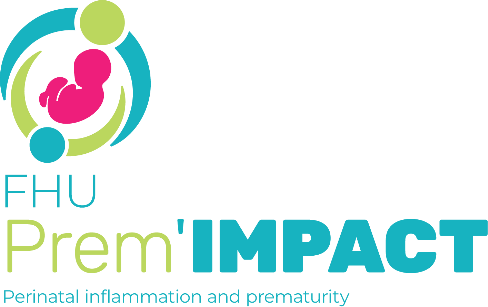Abstract
Objective: The Society of Maternal Fetal Medicine (SMFM) and the Amniotic Fluid Embolism Foundation have recently proposed four diagnostic criteria for amniotic fluid embolism (AFE): presence of (1) sudden cardiac arrest or both respiratory and hemodynamic collapse, and (2) biological disseminated intravascular coagulopathy (DIC), and (3) absence of fever, and (4) clinical onset during labor or within 30 min of delivery. The objectives of our study were to describe the clinical presentation of women with a strong suspicion of AFE and to assess the validity of the four criteria proposed for AFE definition.
Material and methods: We performed a retrospective study including all patients with a strong suspicion of AFE who delivered between 2006 and 2018 at the Port Royal maternity unit, Paris. Strong suspicion of AFE was defined by a clinical presentation in favor of AFE associated with a biological pattern and/or autopsy result supporting AFE. The mention of AFE in files was essential to include the patients in our study. We estimated the incidence and mortality rate of AFE. Then, the presence of each of the four diagnosis criteria of the SMFM score was described, as well as the clinical and biological patterns.
Results: Among the 54 140 women who delivered during the study period, 14 had a strong suspicion of AFE (0.03 %), accounting for 25.9/100 000 deliveries (95 %CI (12.3-39.5/100,000)). All women had biological tests or autopsy supporting the diagnosis of AFE. Six of 14 patients (43 %) presented with all the four diagnostic criteria of the SMFM definition. All 14 women presented a hemodynamic collapse, but respiratory symptoms were lacking in 8 patients (57 %); 71 % fulfilled the criterion of biological DIC, and all patients had a clinical coagulopathy and a massive postpartum hemorrhage. Absence of fever was lacking in three women. In addition, all patients presented premonitory symptoms such as neurological disorders or irreversible and inaugural fetal bradycardia.
Conclusion: The four SMFM diagnostic criteria were present in less than half of the women with a strong suspicion of AFE. We propose an alternative clinical and pragmatic definition to diagnose AFE, which has to be validated in the future. Early diagnosis of AFE based solely on clinical criteria can help clinicians anticipate the severity of the situation and optimize care.
